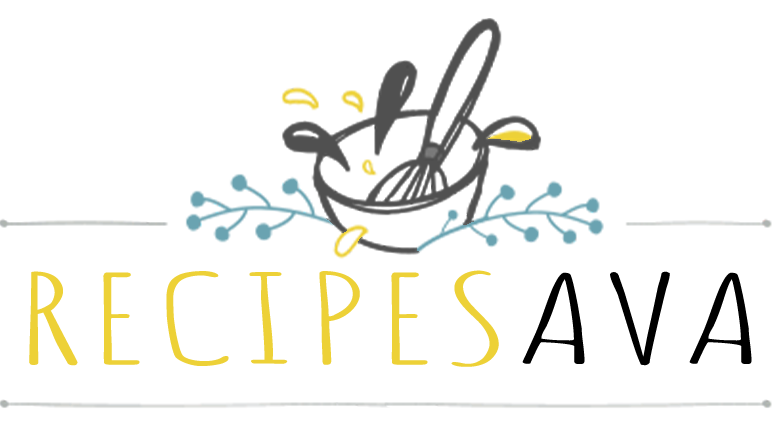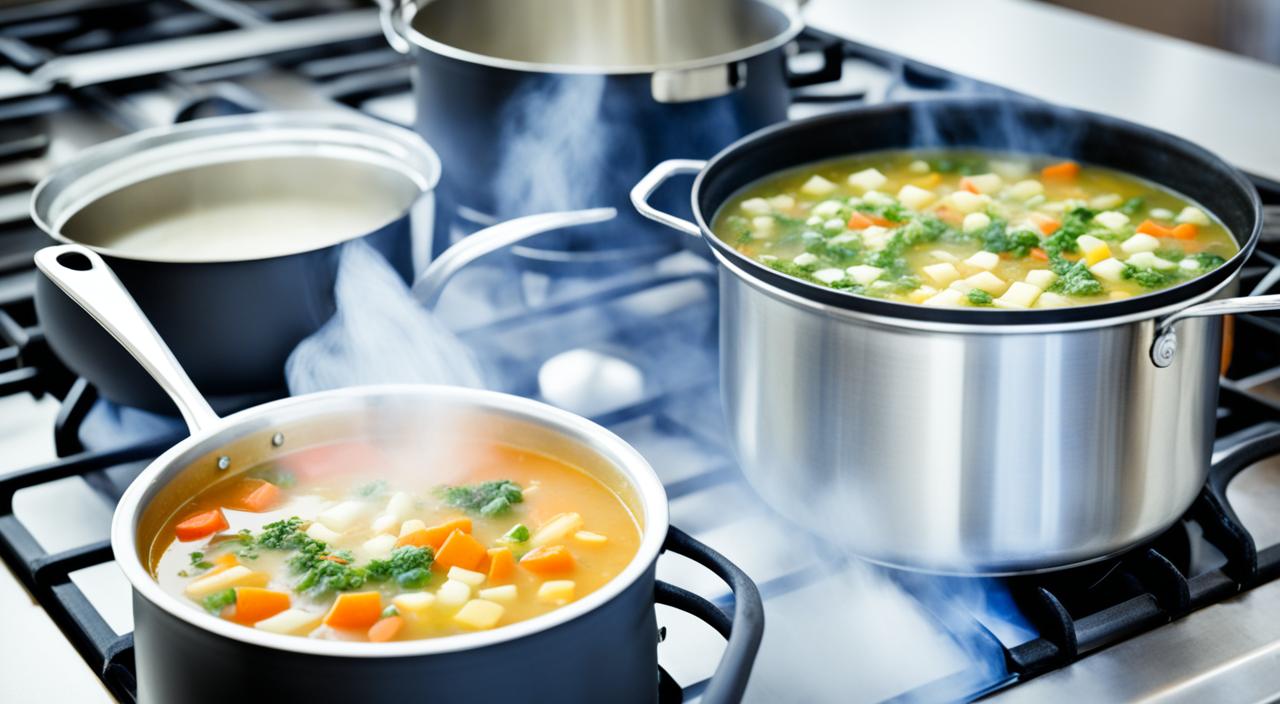When it comes to food safety, proper cooking techniques and temperature control are of utmost importance. Boiling soup is a common practice that many believe can help make it safe to consume. But does boiling soup really eliminate the risk of foodborne illnesses? In this article, we will explore the effectiveness of boiling soup in ensuring food safety and preventing food poisoning.
Key Takeaways:
- Proper cooking techniques play a crucial role in ensuring food safety.
- High temperatures during boiling can kill harmful bacteria and pathogens.
- Maintaining kitchen hygiene is essential to reduce the risk of contamination.
- Following recommended soup temperatures can further enhance food safety.
- Boiling soup serves as an effective measure in preventing food poisoning.
Understanding Food Safety and Soup Preparation
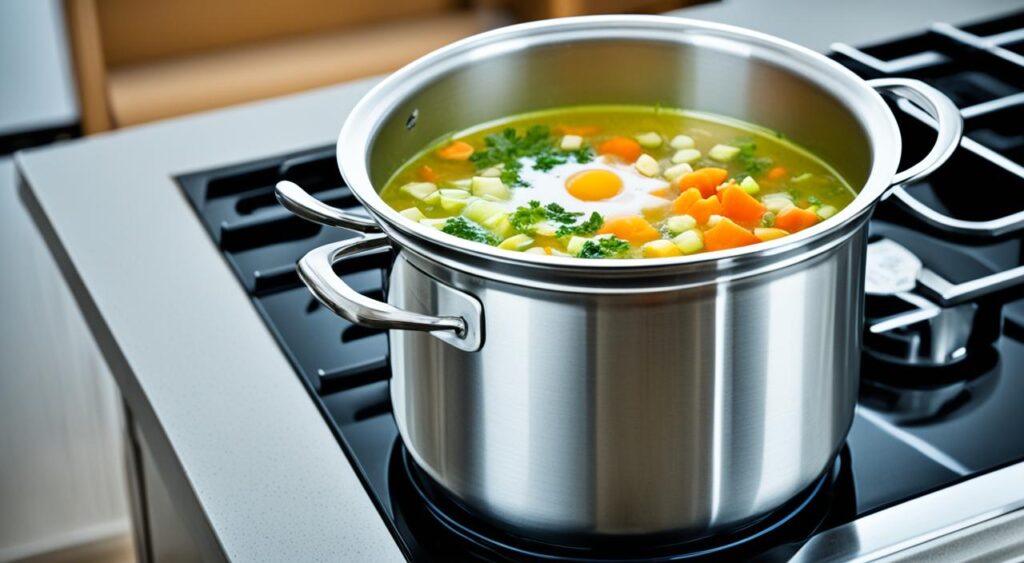
Before we dive into the topic of boiling soup, it’s essential to have a clear understanding of food safety and the proper preparation of soup. By following kitchen hygiene practices and adhering to proper cooking techniques, we can minimize the risk of foodborne illnesses.
The Importance of Kitchen Hygiene
Kitchen hygiene plays a vital role in ensuring food safety. Proper cleaning and sanitation practices help eliminate harmful bacteria and contaminants that can lead to food poisoning. Here are some key hygiene practices to keep in mind when preparing soup:
- Wash your hands thoroughly with soap and warm water before handling any ingredients.
- Clean and sanitize all utensils, cutting boards, and surfaces before and after use.
- Store ingredients properly to prevent cross-contamination. Keep raw meats separate from other ingredients.
- Regularly clean and disinfect kitchen surfaces, including countertops, sinks, and stovetops.
Proper Cooking Techniques for Soup
When it comes to soup preparation, following proper cooking techniques is crucial to ensure that your soup is safe to consume. Here are some important practices to consider:
- Bring the soup to a rolling boil. This helps ensure that the heat is evenly distributed and reaches all parts of the soup, killing any bacteria present.
- Use a food thermometer to check the internal temperature of the soup. The minimum safe internal temperature for hot soup should be 165°F (74°C).
- Avoid leaving the soup at room temperature for an extended period. Once the soup is cooked, it should be promptly cooled and refrigerated to prevent bacterial growth.
- Reheat leftover soup thoroughly, ensuring it reaches a temperature of at least 165°F (74°C) before serving.
“Proper cleaning and sanitation practices help eliminate harmful bacteria and contaminants that can lead to food poisoning.”
By maintaining kitchen hygiene and following proper cooking practices, we can enjoy delicious and safe soup without compromising food safety. In the next section, we will delve into the science behind boiling soup and how it contributes to preventing foodborne illnesses.
The Science Behind Boiling Soup
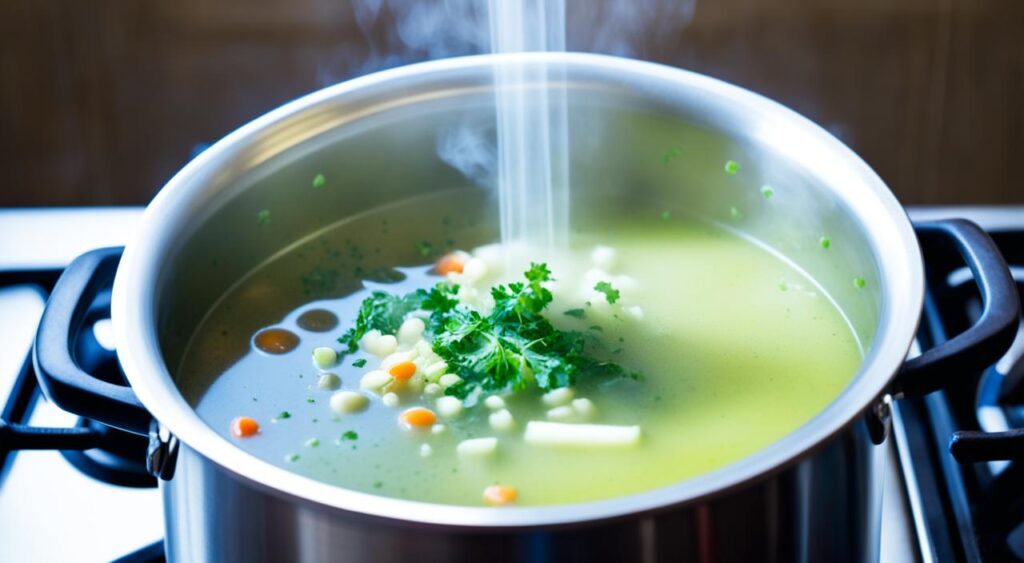
In this section, we will delve into the science behind boiling soup. We will discuss how heating food, specifically soup, to high temperatures can kill harmful bacteria and pathogens that may cause food poisoning.
When we heat food, such as soup, to a high temperature, it helps ensure food safety by eliminating bacteria and other harmful microorganisms. The heat breaks down the proteins and enzymes in these organisms, rendering them inactive and preventing their growth.
One of the main benefits of boiling soup is that it raises the temperature to a level that is lethal for most bacteria. According to food safety guidelines, the recommended minimum internal temperature for soup is 165°F (74°C). This temperature ensures that any potential bacteria present in the soup are effectively killed, reducing the risk of foodborne illnesses.
Boiling soup also helps to eliminate harmful toxins that may be produced by certain bacteria. These toxins can cause foodborne illnesses and can be detrimental to our health if consumed. By heating soup to a high temperature, we can destroy these toxins and make the soup safe for consumption.
Fun Fact: Did you know that boiling soup not only kills bacteria but can also enhance the flavor? The high temperature during boiling allows the flavors of the ingredients to blend harmoniously, creating a delicious and comforting bowl of soup.
It is important to note that while boiling soup is an effective measure in ensuring food safety, it is essential to handle and store the soup properly after it has been cooked. Cooling and refrigerating cooked soup promptly can help prevent the growth of any remaining bacteria and ensure its freshness.
Recommended Soup Temperature for Food Safety
As mentioned earlier, the recommended minimum internal temperature for soup is 165°F (74°C). This temperature ensures the elimination of any harmful bacteria and toxins, making the soup safe for consumption.
However, it is important to note that different types of soups may require specific cooking temperatures based on the ingredients used. For instance, if poultry or meat is included in the soup, a higher cooking temperature may be necessary to ensure that these ingredients are thoroughly cooked and safe to eat.
Here is a table that outlines the recommended soup temperature for various types:
| Soup Type | Recommended Internal Temperature |
|---|---|
| Vegetable Soup | 165°F (74°C) |
| Chicken Soup | 165°F (74°C) |
| Beef Soup | 165°F (74°C) |
| Seafood Soup | 145°F (63°C) |
By ensuring that our soup is cooked to the recommended temperature, we can safeguard ourselves and our loved ones from the risk of foodborne illnesses. So, let’s savor our soup, knowing that it has been prepared with both taste and safety in mind!
Boiling Soup as a Food Poisoning Prevention Measure
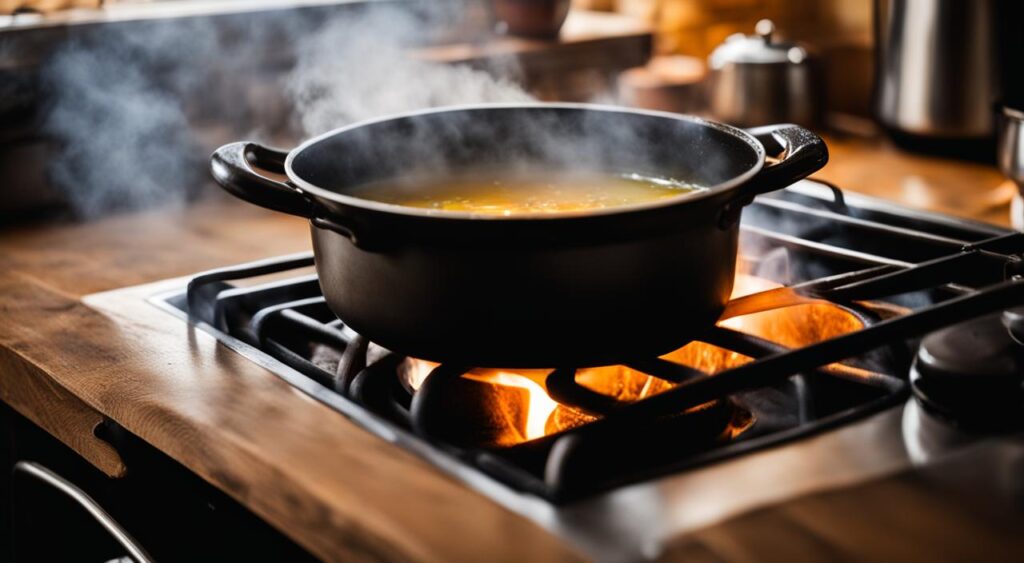
When it comes to food safety, boiling soup is a powerful tool in preventing foodborne illnesses. By subjecting soup to high temperatures, harmful bacteria and contaminants can be effectively eradicated, making it safe for consumption. However, the effectiveness of boiling soup in ensuring food safety relies not only on the elevated temperatures but also on the proper cooking techniques employed.
Various cooking techniques can be utilized during the boiling process to maximize the safety of the soup. One of the essential techniques is ensuring that the soup reaches a rolling boil, where large, vigorous bubbles constantly break the surface. This boiling action helps distribute the heat evenly and thoroughly throughout the soup, ensuring that all areas reach the necessary temperature to eliminate pathogens.
Additionally, it’s important to simmer the soup for an adequate period to guarantee food safety. Simmering refers to maintaining a gentle bubbling action on the surface, which allows the flavors to develop while ensuring that the soup remains at a safe and consistent temperature. This extended simmering time helps further eliminate any potential harmful microorganisms that may have survived the initial boiling stage.
Following proper cooking practices is crucial when boiling soup to ensure its safety. This includes using fresh ingredients, maintaining proper kitchen hygiene, and avoiding cross-contamination. It’s essential to handle raw ingredients, such as meat and vegetables, separately to prevent the transfer of bacteria between them. Additionally, thorough washing of utensils, cutting boards, and hands before and after handling food is essential to minimize the risk of foodborne illnesses.
By employing the appropriate cooking techniques and adhering to proper cooking practices, boiling soup becomes an effective measure in preventing food poisoning. The combination of high temperatures and correct cooking methods ensures that harmful bacteria and contaminants are eradicated, making the soup safe for consumption.
Boiling soup is a proven method to eliminate the risk of foodborne illnesses, providing peace of mind and delicious, safe meals. When it comes to food safety, remember to prioritize boiling soup at the right temperatures, employ effective cooking techniques, and maintain proper cooking practices.
Conclusion
In summary, when it comes to food safety and preventing foodborne illnesses, boiling soup plays a vital role. By understanding the science behind this cooking method and following proper cooking techniques, we can ensure that our soup is safe to consume.
Boiling soup involves heating it to high temperatures, which helps eliminate harmful bacteria and pathogens that may cause food poisoning. This process significantly reduces the risk of foodborne illnesses and ensures our health and well-being.
However, it is essential to remember that boiling soup alone is not enough to guarantee food safety. Maintaining proper kitchen hygiene, such as washing hands, utensils, and surfaces, is equally crucial. Additionally, using fresh ingredients, storing leftovers properly, and following recommended cooking times and temperatures all contribute to a safe and enjoyable soup experience.
So, the next time you prepare soup, remember to prioritize food safety by boiling it thoroughly, following proper cooking techniques, and maintaining a clean kitchen environment. With these precautions in place, you can enjoy your soup knowing that you have taken significant steps to prevent foodborne illnesses.
